One of Australia’s most iconic birds, the Brolga (Antigone rubicunda) is famed for their elaborate courtship dance. A gregarious bird, they pair for life and when not in breeding season, they are seen to gathered in flocks.
The male and female Brolgas dance in what appears to be an intricate and ritualised motion. They pick up grass with their beaks, tossing it into the air and catching it again. They then jump up to a metre in the air with their wings outstretched, followed by a display of head-bobbing, wing-beating, strutting and bowing. This can be followed by a loud trumpet sound.
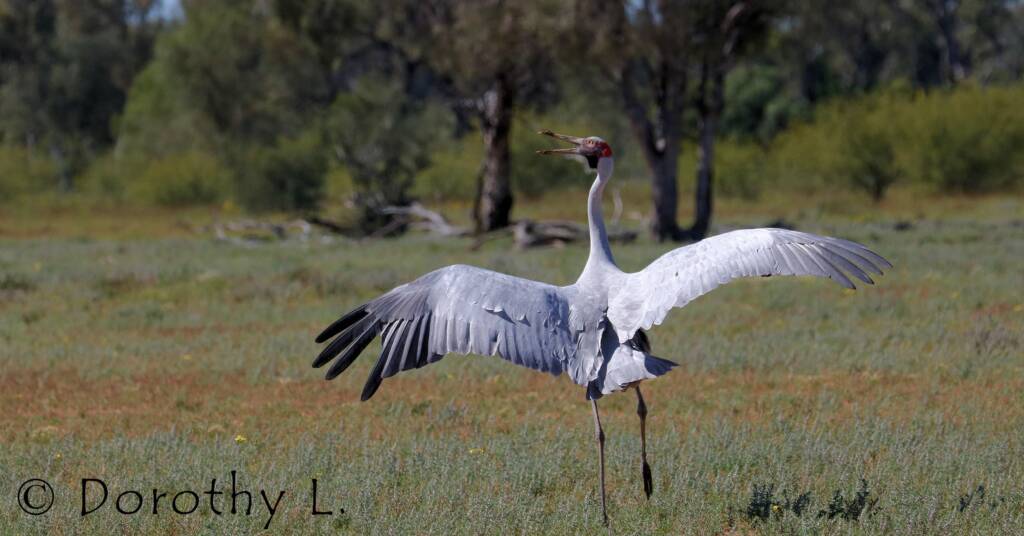
In northern Australia they breed between February to May, whilst those in the south breed from September to December. They usually nest in the middle of wetlands, often nesting in the same nest for decades. The nest is an island mound made up with sticks, grass and sedges. The eggs are cared for by both adults.
Brolgas are omnivoous, eating insects, frogs, molluscs, bulbs, tubers and roots that they dig up with their beaks.
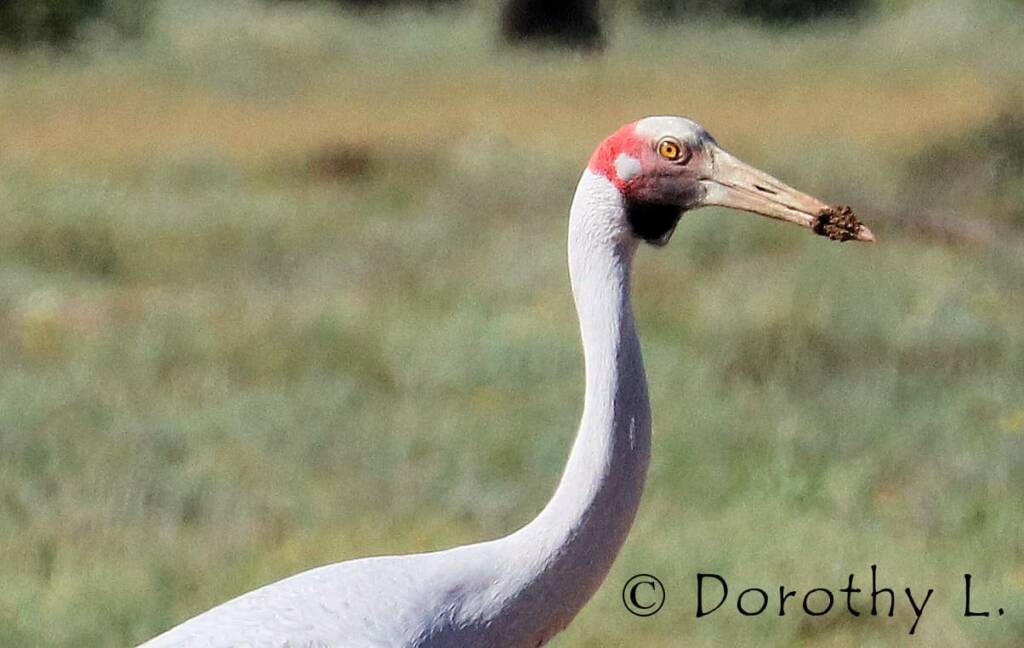
Whilst they are scarce in the south and east coast region, their population appears to be more secure in the north. However, as they are dependent on wetlands, the danger is when wetlands are drained for agriculture and development.1
Formerly known as the native companion, it is a bird in the crane family, also being known as the Australian crane, a term coined in 1865 by the well-known ornithologist John Gould in his Birds of Australia publication.
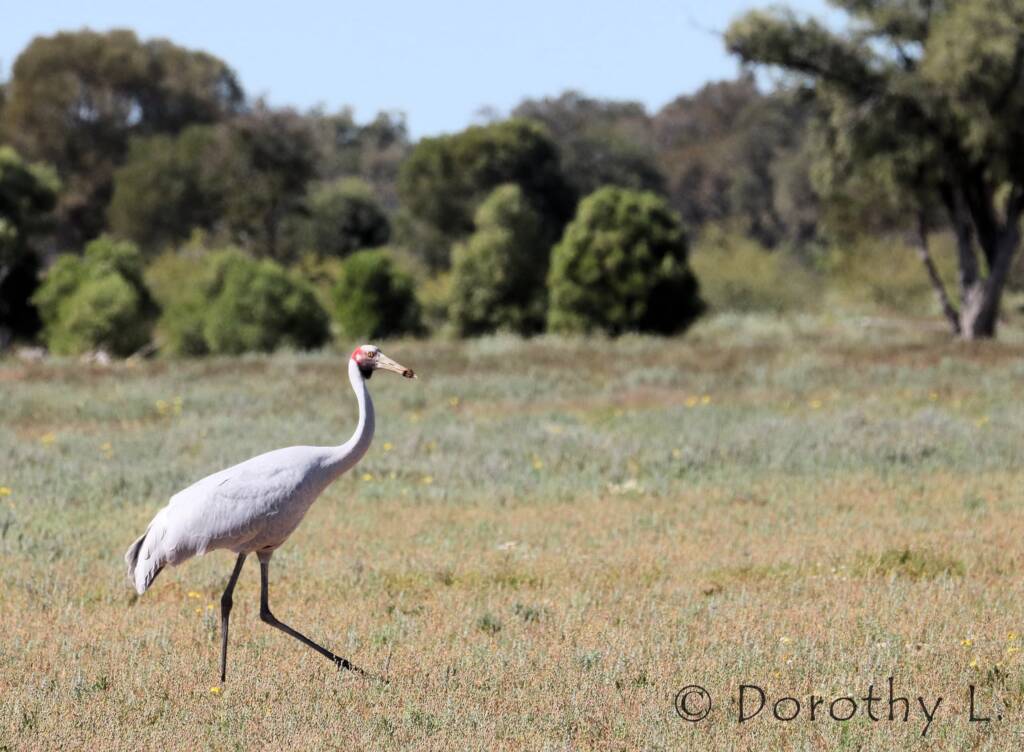
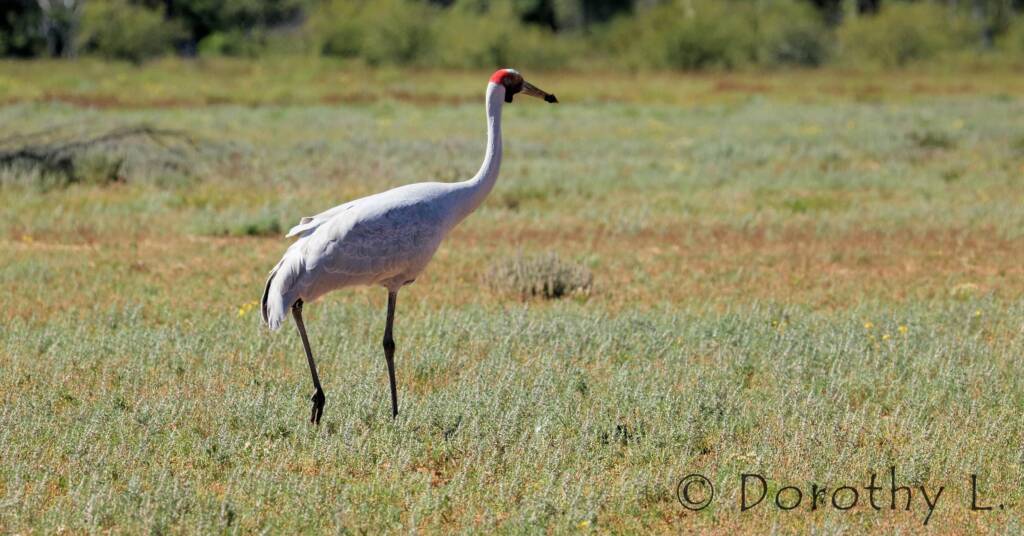
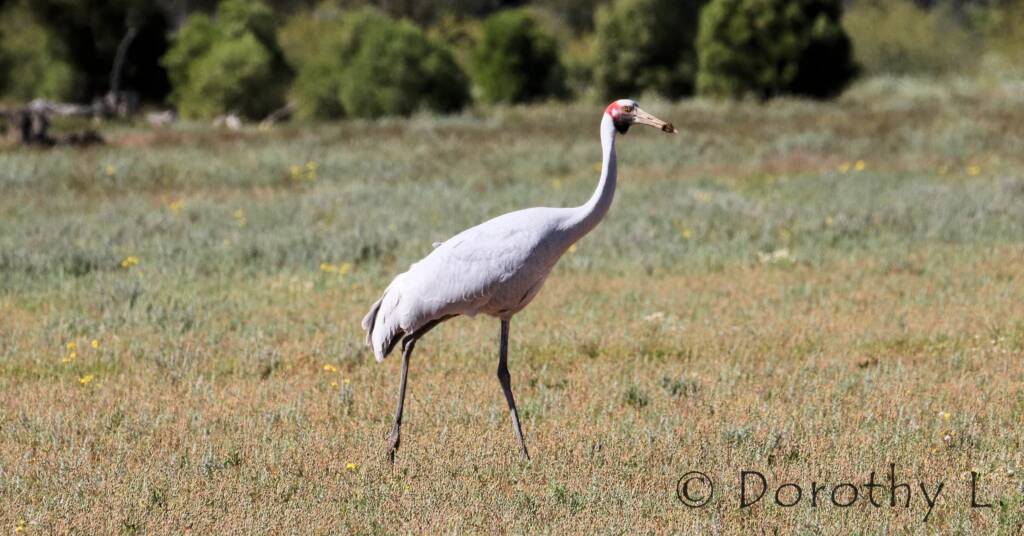
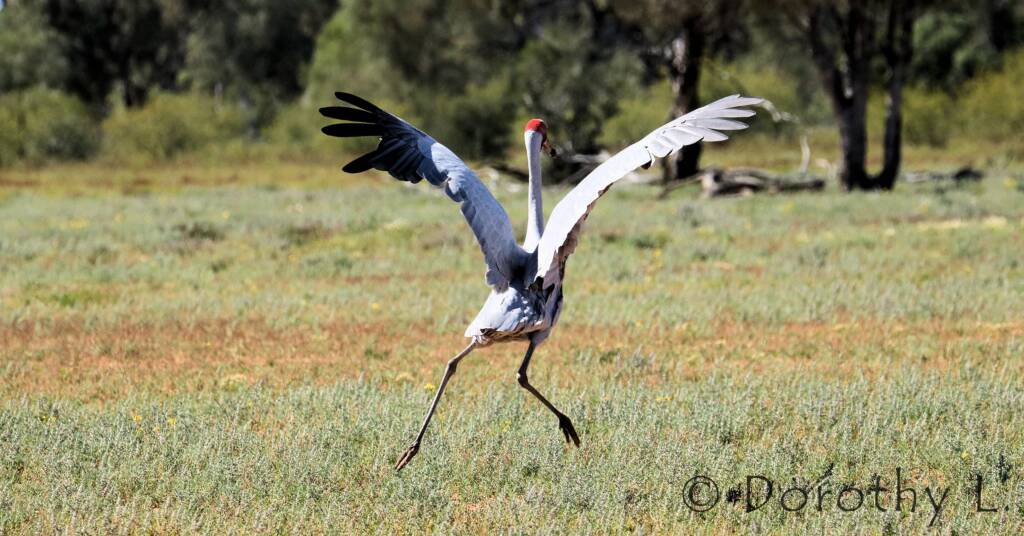
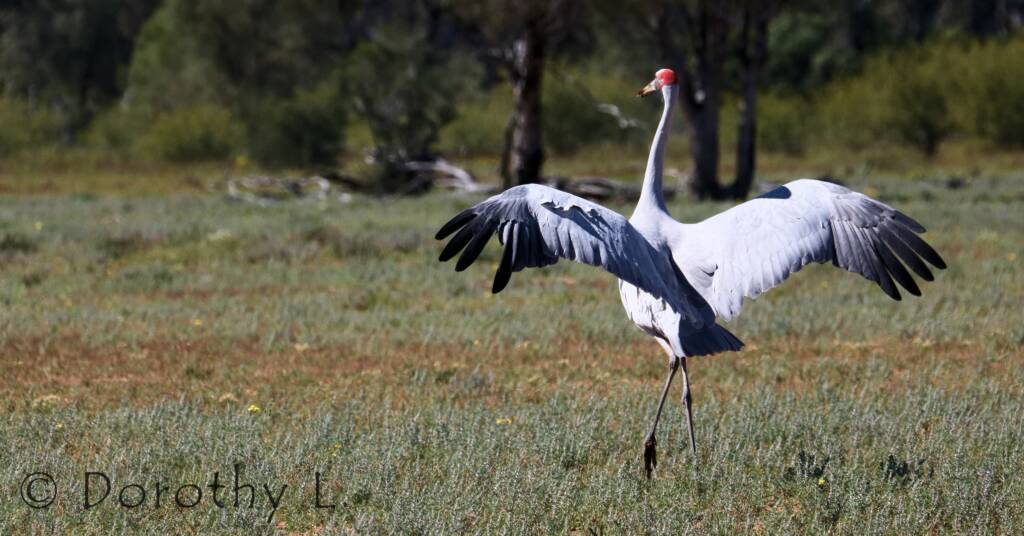
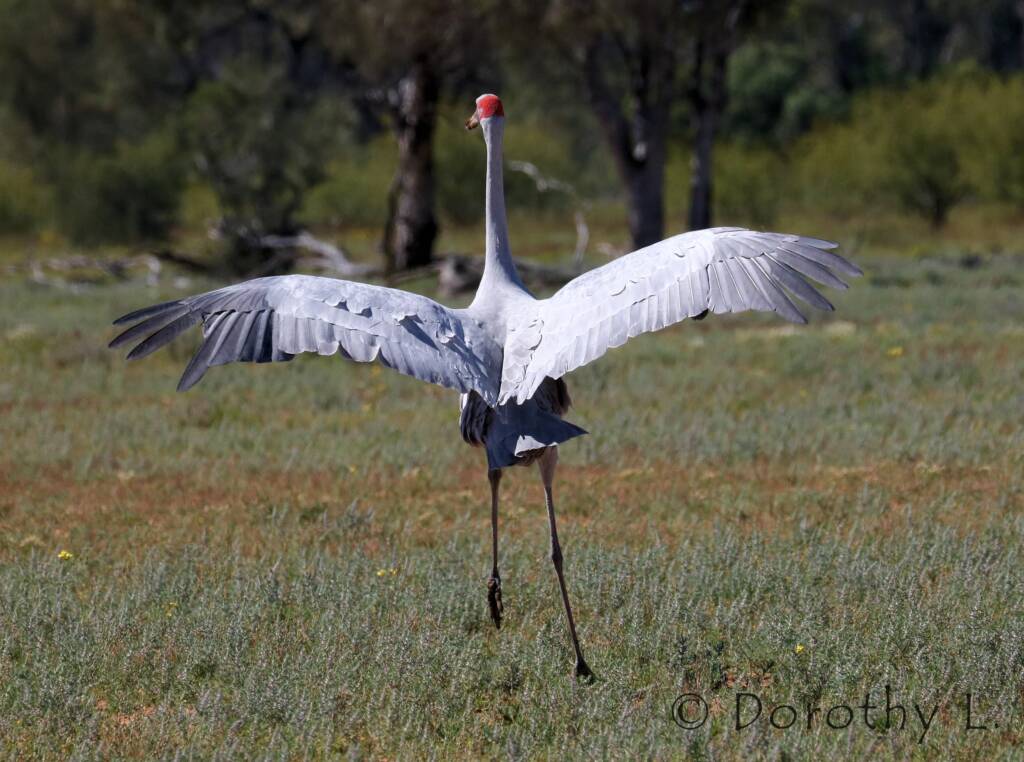
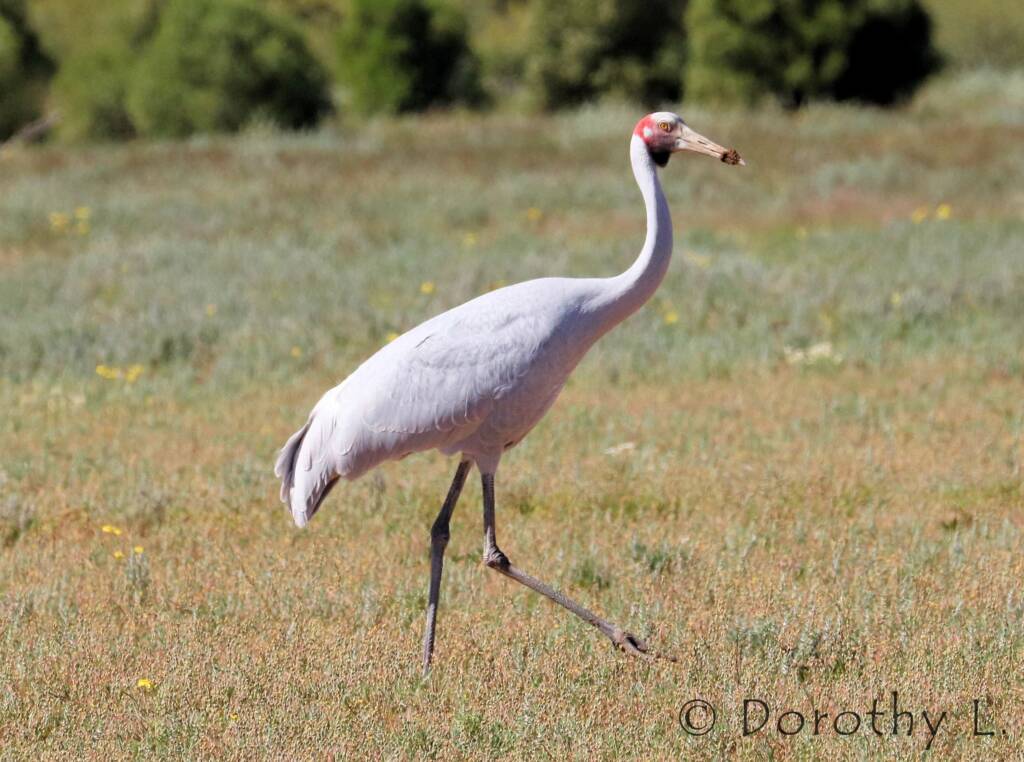
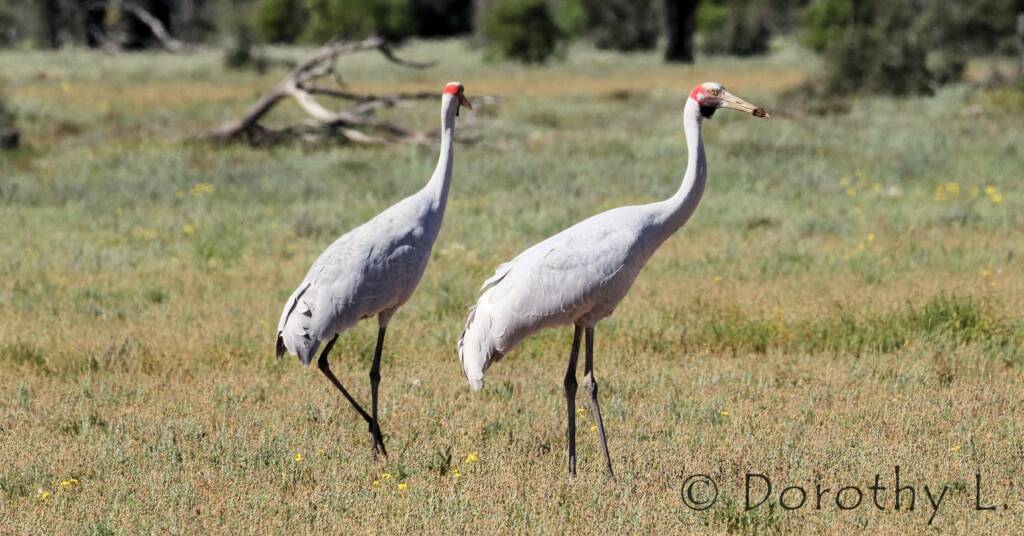
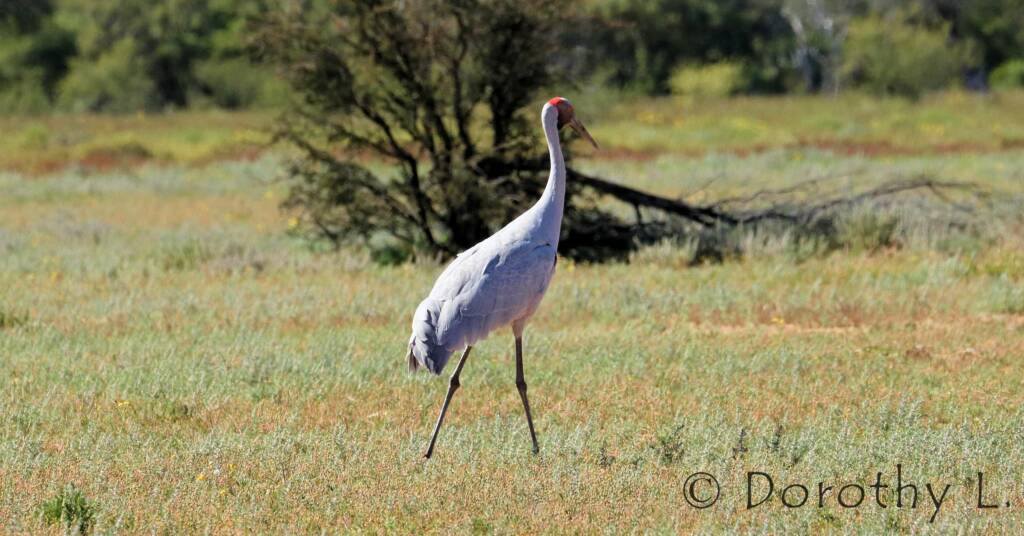
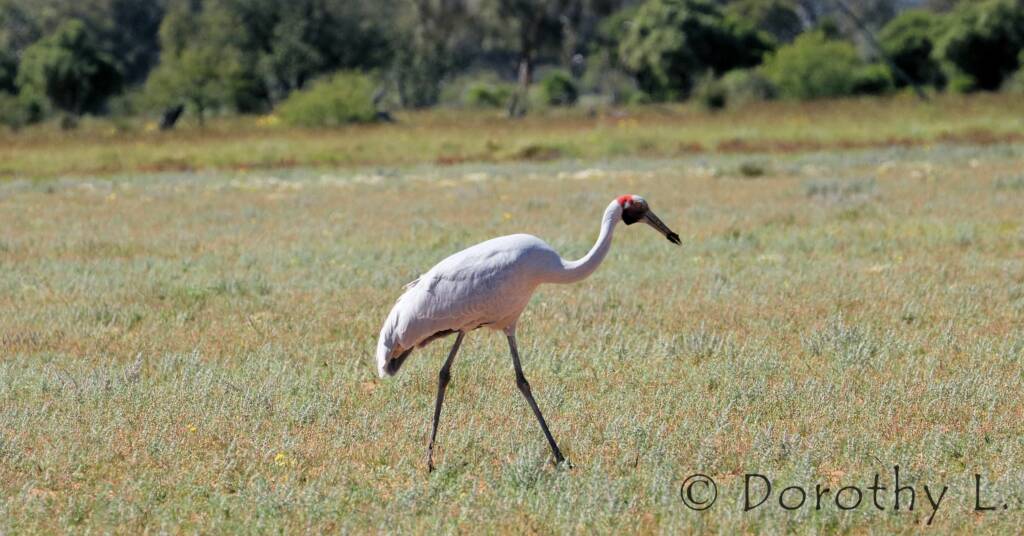
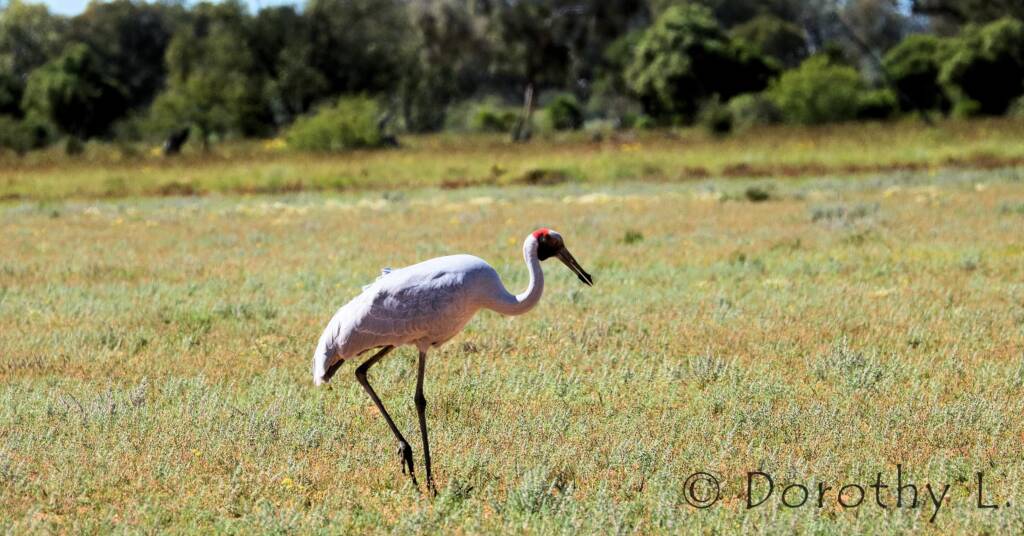
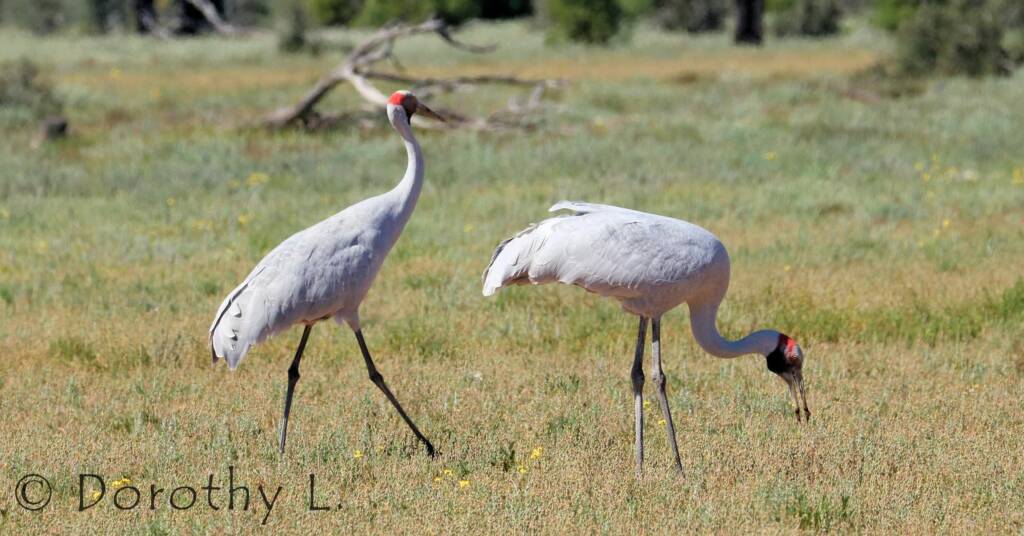
Photos © Dorothy L
Aboriginal Connection
The word Brolga comes from the Aboriginal language Gamilaraay, in which they are called, burralga.
Gamilaraay, also spelled Kamilaroi, is an Australian Aboriginal language which was spoken over a vast area of north-central New South Wales when Europeans began colonising Australia. Gamilaraay country extended from as far south as Murrurundi on the Great Dividing Range, to Tamworth, Narrabri, Moree, Boggabilla, Mungindi, Collarenebri, Walgett and Gunnedah.2
Aboriginal Languages of Australia – Kamilaroi/Gamilaraay Dictionary
Famed for their elaborate courtship dance, Brolgas are part of the traditional Aboriginal legends and their dreamings. The movement and dance of Brolgas are incorporated in Aboriginal ceremonies.
There is a Brolga Dreaming multimedia feature called ‘Songlines on Screen’, created by NITV and Screen Australia
Goorrandalng: Brolga Dreaming
‘Songlines on Screen’- NITV and Screen Australia3
A song and a story about the Dreaming place at Keep River National Park in the Northern Territory, where women can go to become pregnant.
Another multimedia video on the Monash Indigenous Studies Centre is called The Brolga (Kurdarrku) (2009)
The Brolga Dreaming belongs to the Mambaliya-Wawukarriya clan. This story tells of the Brolga coming into Yanyuwa country and creating lagoons, freshwater wells and putting ceremony and song into the country.4
© The Yanyuwa People Borroloola, Northern Territory, Australia, 2009.
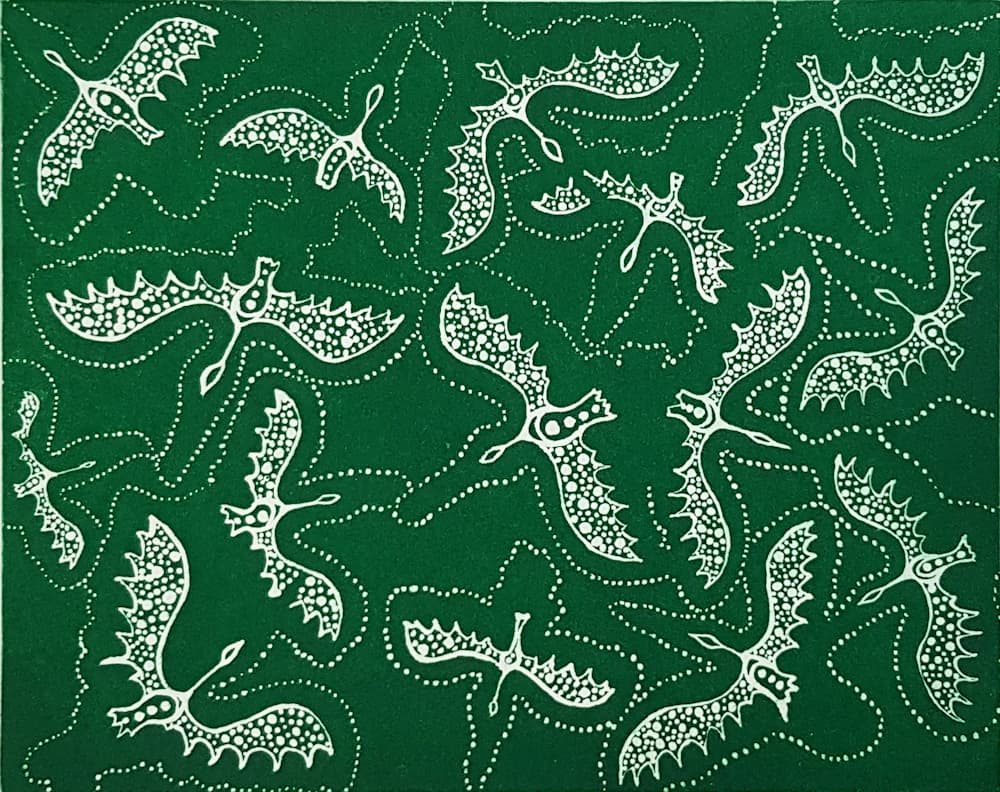
The above etching is by Gracie Kumbi, who is a painter, printmaker and fabric designer. Her passion is designing and printing textile. Another etching done by Gracie include Stingrays (she has talked about going fishing with her husband and seeing the big fish being chased by the stingray).
Her designs are included in the collection of the Powerhouse Museum and North Territory Government collection. Other works by Gracie include a commissioned painting for the Darwin airport and a glass panel made with her design on it.
Check out our information on Brolga Dreaming.
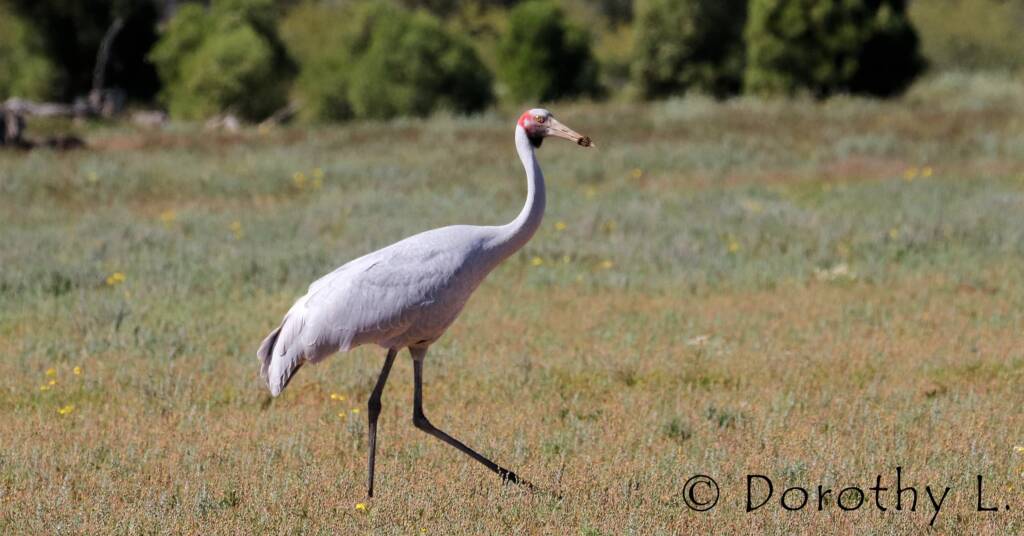
- Scientific classification
- Kingdom: Animalia
- Phylum: Chordata
- Class: Aves
- Order: Gruiformes
- Family: Gruidae
- Genus: Antigone
- Species: A. rubicunda
- Binomial name: Antigone rubicunda
- Bush Heritage Australia: Brolgas (you can donate to conservation on their website)
- David Nathan: Aboriginal Languages of Australia – Kamilaroi/Gamilaraay Dictionary
- Goorrandalng: Brolga Dreaming – ‘Songlines on Screen’ by NITV and Screen Australia
- The Brolga (Kurdarrku) (2009) © The Yanyuwa People Borroloola, Northern Territory, Australia, 2009
